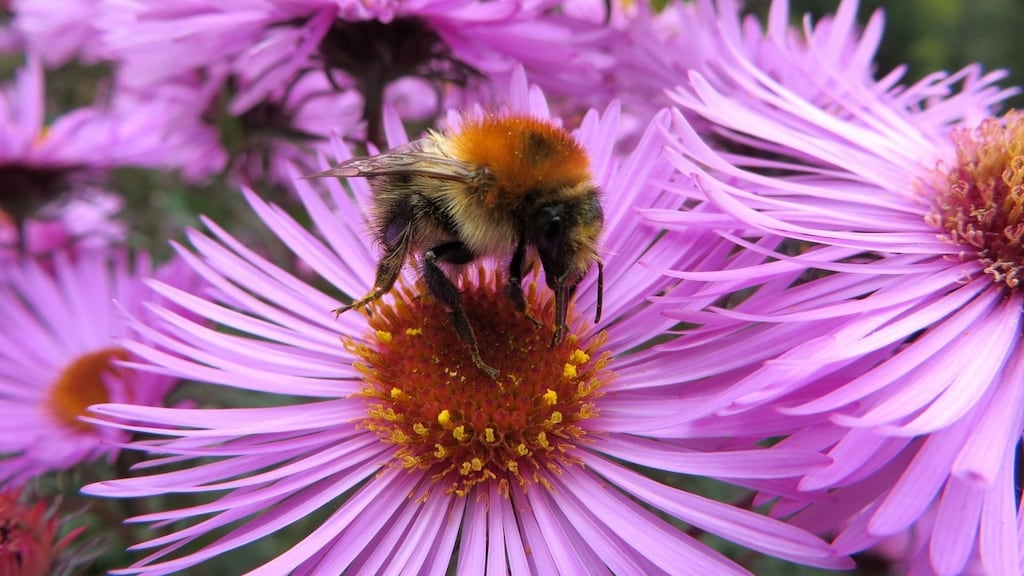Bees and other pollinating insects such as butterflies are in trouble, but making gardens “pollinator friendly” helps boost their numbers. Every garden, no matter its size, can be a haven for hungry pollinators.
Most pollination in Ireland is carried out by bees as they feed their young exclusively on pollen so they are entirely focussed on collecting it from flowers to bring back to their nests.
In Ireland, there are 98 different types of bee: the honeybee, 20 different bumblebees and 77 different solitary bees. In providing the service of pollination, i.e. fertilising plants, they are helped by other insects like hoverflies, butterflies and moths who all thrive in a garden setting.
Flowers provide a pit stop for hungry bees, whether they are in a few window boxes, a medium to large garden or a community space.
The best actions include:
(1) Protect existing sources of food and shelter for pollinators
(2) Continue to mow as usual but don't cut grass until mid-April, after the dandelions have flowered but before they set seed. They provide a vital source of spring food for pollinators
(3) Mow lawns every six weeks: This will allow flowers like clover to bloom, providing more food for pollinators
(4) Create a wildflower patch, strip or meadow. Some gardens may be large enough to allow portions of the grass to grow long. This will provide native flowers as a food source for the insects
(5) Have pollinator-friendly plants flowering in the garden from March to October
(6) Use green manures that are pollinator friendly – and less chemicals such as pesticides and weedkillers
More information is available at pollinators.ie.









